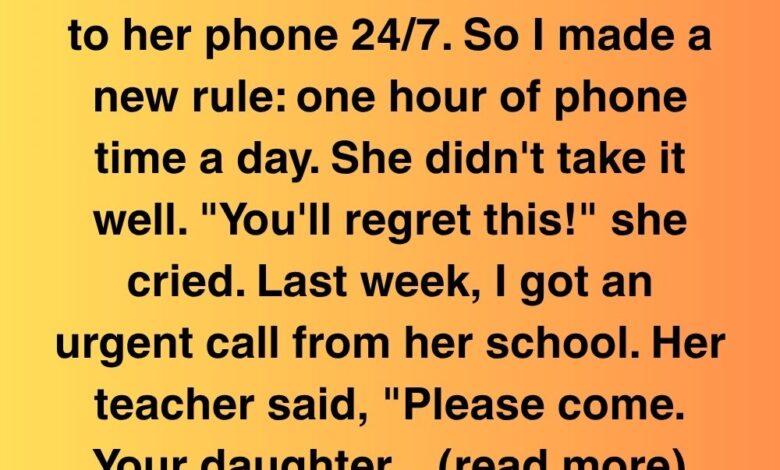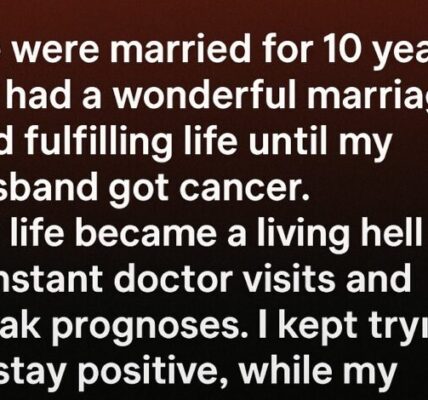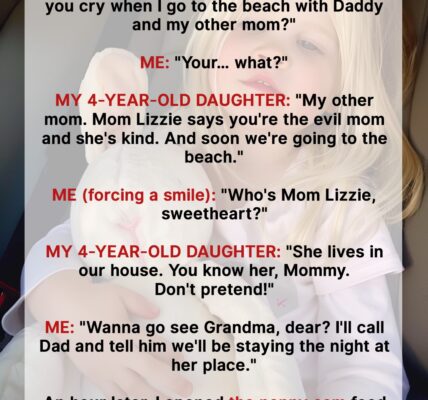My 14-year-old daughter, Mina, was always on her phone, so I set a rule: one hour of phone time daily. She raged, “You’ll regret this!” Then her school called urgently. Her teacher, Ms. Jafari, sounded shaken, asking me to come in person. I feared Mina was in trouble—maybe caught texting in class again.
At school, Ms. Jafari showed me a Google Doc titled When You Make Me Look Up. It was Mina’s anonymous writing, raw and honest, describing feeling invisible at home. She wrote about me checking emails at dinner, scrolling during her choir solo, and how my phone ban felt like a plea for me to see her. I was floored.
At home, I told Mina I read it. She was embarrassed but softened when I called it brave. We made a new rule: one no-screen hour nightly, just us. We played Uno, watched anime, and talked—really talked. She shared fears about high school and feeling left out. Her writing, shared online with her edits, went viral, resonating with parents and teens. Mina joined the school newspaper and spoke at an education panel.
The phone ban wasn’t about discipline—it was about connection. Phones aren’t the enemy; distraction is. Silence means someone’s waiting to be seen.




